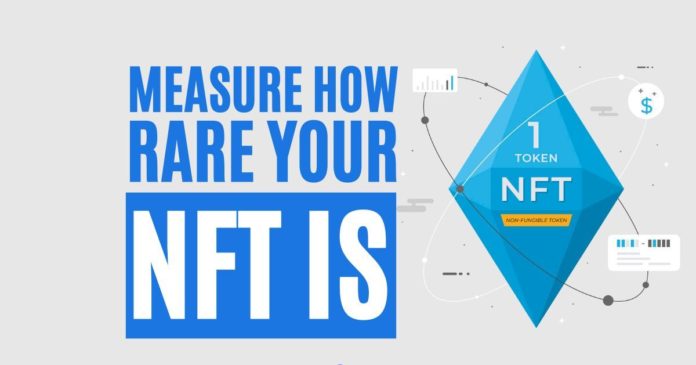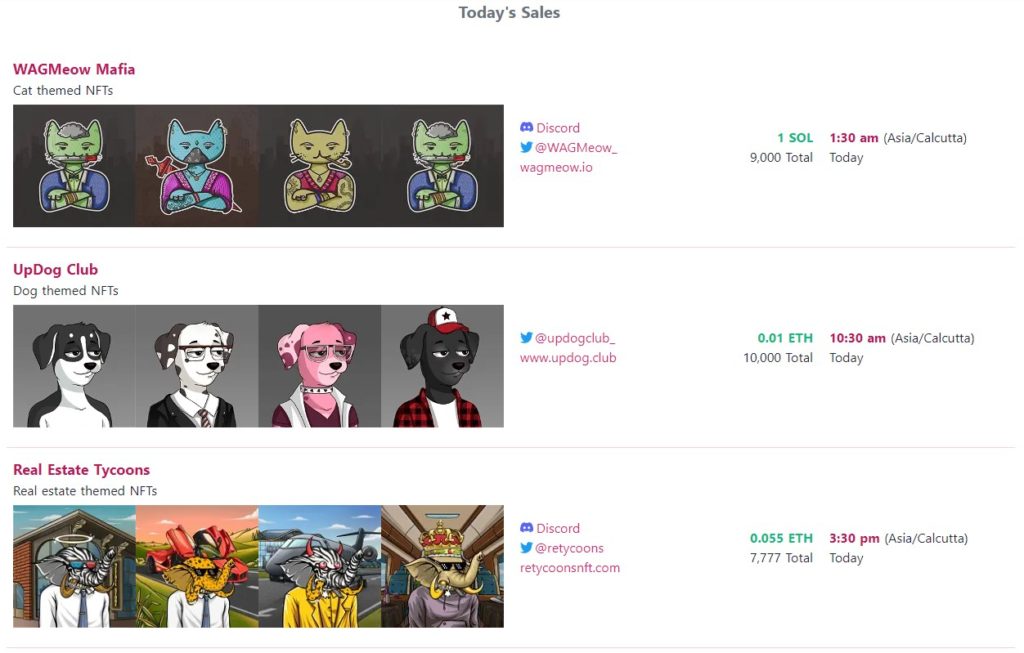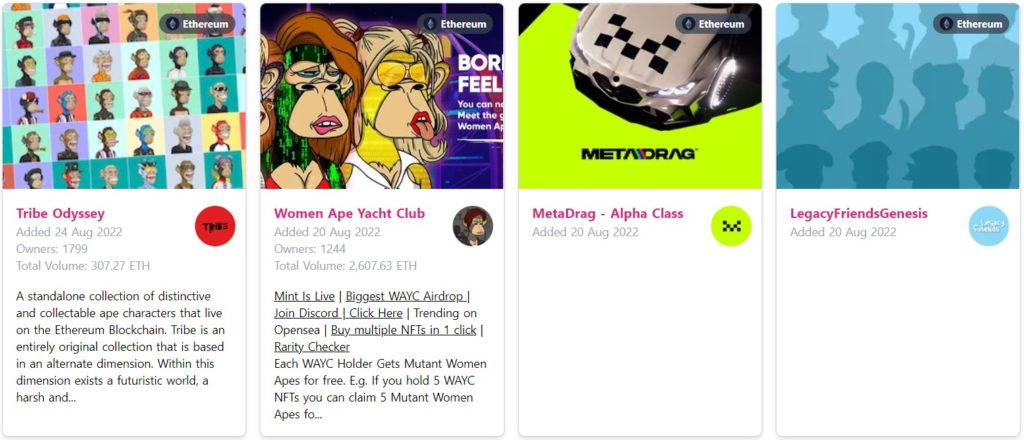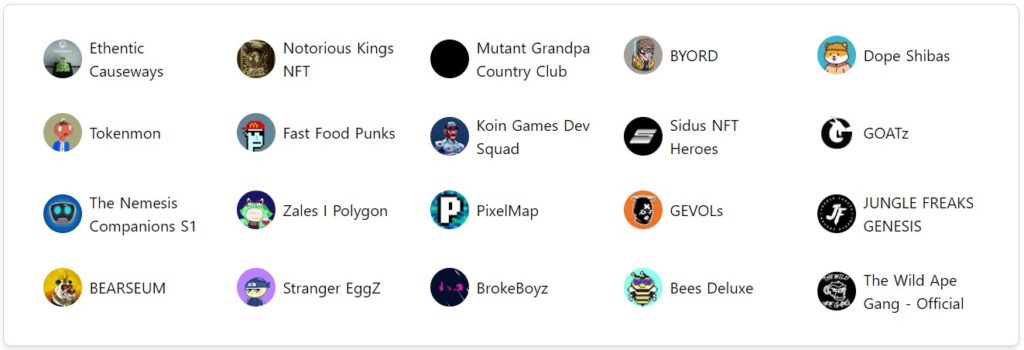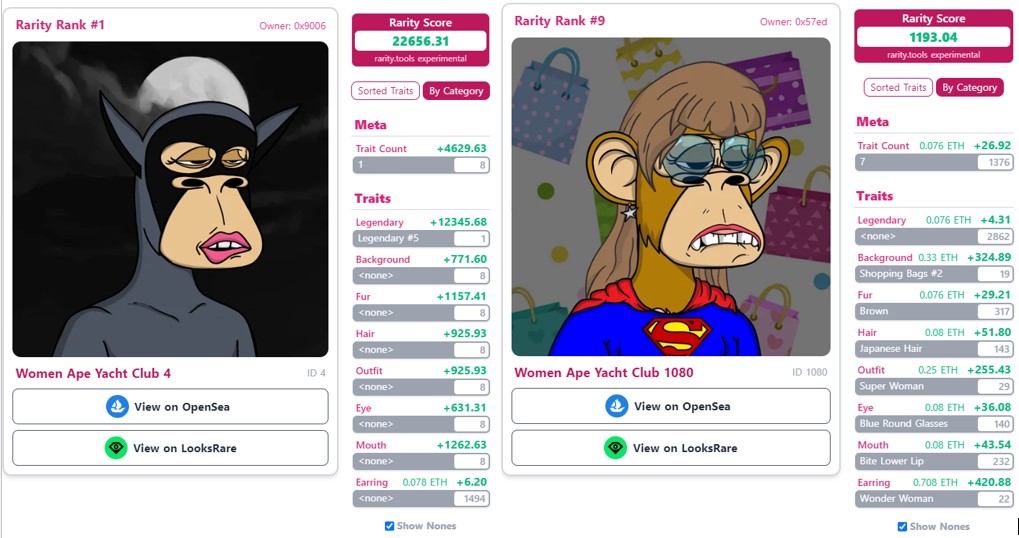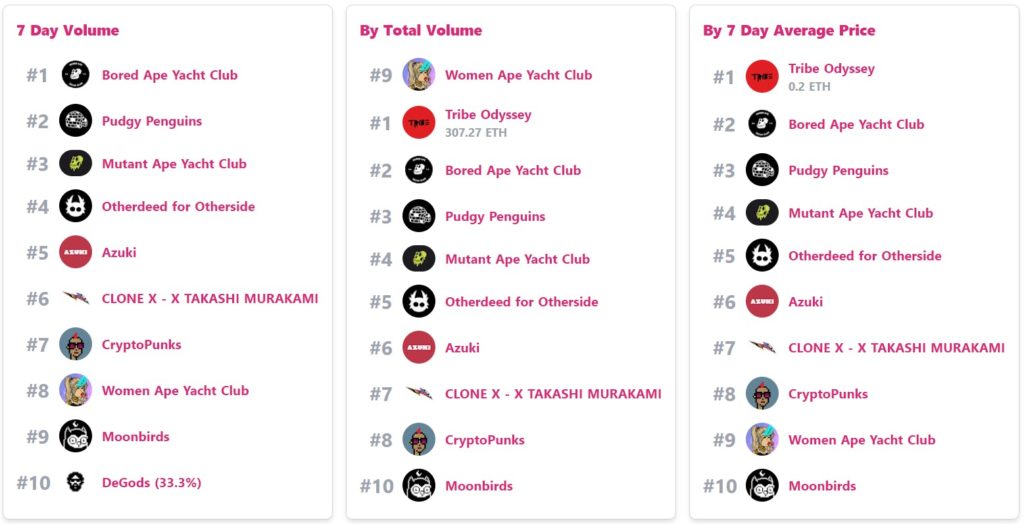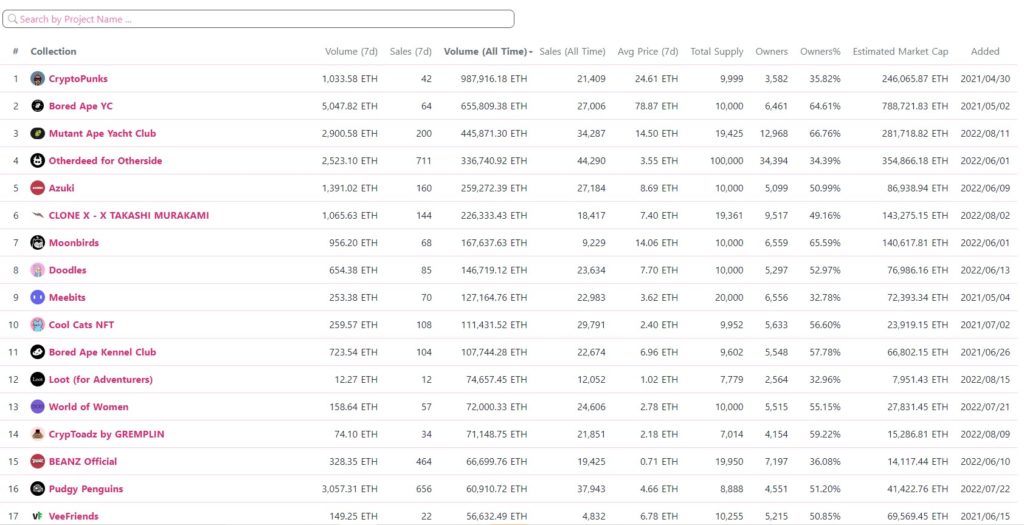Rarity.tools in an innovative platform where you can check the ranking of famous NFT collectibles. Currently, only a few NFT projects are listed there, including some famous NFT collections like Bored Ape Yacht Club, CryptoPunks, etc. The project listing is growing rapidly. Creators can list their collectibles by submitting the form given on the website and contacting the project team. They need to pay 2 ETH for Ethereum or Polygon collectibles, or 20 SOL for listing Solana collectibles.
So, in this article, we will explain how you can use the rarity.tools platform to check the worth of your NFT.
Table of Contents
Overview
The NFT market has been in the limelight for quite some time for hitting some unbelievable milestones. Some NFTs sold for millions of dollars. These numbers are eye-catching but that raises the question “Why would anyone be willing to pay such a lot of money for a piece of art?“ and the like. Or there is something really rare in that art piece that made it almost priceless and incomparable to others?
No doubt that the blockchain industry has given artists/creators a new technology to expand their talent in the digital world. There are many marketplaces where creators can list their collectibles for sale.
Problem Statement
The growth of the NFT industry has witnessed a significant increase in the number of artists. If you go to any NFT marketplace on any network, you will find thousands of digital collectibles listed for sale by various artists (popular and relatively unknown). The second thing you may notice is the price of those listed NFTs. While some of them cost you a fraction of Ethereum (for Ethereum network NFTs), some are just simply beyond your capacity. What determines its rarity and price? And what are the parameters that make it a rare NFT?
Or if you are an artist, you want to know how rare your NFT is. Note that rarity and price go hand in hand. The more rare your NFT is, the greater its demand and, hence, the price.
Solution
When you go to any marketplace to buy an NFT, you check for its traits. Each NFT has got some traits.
To determine the complete rarity, one has to combine and streamline all the traits of an NFT into some measuring index so that one can rank all the NFTs based on a parameter.
The rarity.tools platform offers a simple, easy-to-understand ranking method for NFTs. You can easily compare two NFTs and check how rare is your NFT as compared to the others in that collection.
Factors Determining NFTs’ Rarity
There are a few factors that can define the rarity of NFTs:
- Limited NFTs in a collection
- NFTs have rare attributes
- NFTs have a historical background
- NFTs based on some celebrities
Ranking Constraints
One of the major concerns is that each NFT community values and gives priority to different aspects.
For example, the CryptoPunks community extensively values the attribute count of the NFT, and, hence, they consider the CryptoPunk with seven attributes as the rarest one.
Similarly, other communities give importance to other traits. Also, it is somehow easy to compare two NFTs from different collections rather than comparing two NFTs from the same collections. The problem broadens with the increase in the number of NFTs in a given collection.
Different Ranking Models
We will now discuss the various ranking methods that are used to define the ranking of NFTs.
-
Trait Rarity Model
This model compares the NFT based on their rarest trait. It does not compare the overall number or other traits of the NFT. And this is the major drawback of this ranking model.
Let’s suppose, we have two NFTs – A and B. NFT A may have one rare trait enough to make it superior as per this ranking model, but when we consider the overall number or other traits, NFT B may actually be considered better.
-
Average Trait Rarity
This model calculates the average of all the rarities that an NFT possesses. This method somehow calculates a better rank than the Trait model as it considers all the rarity traits. However, it also has some drawbacks as it does not give any special credit to an NFT if it possesses some super rare characteristics. Due to this average calculation, the super rare trait will lose some of its value when mixed among the ordinary traits.
-
Statistical Rarity
This method is quite popular as it calculates the overall rarity of an NFT by multiplying all the rare traits together.
For example, if an NFT has two traits with one trait at 20% and the other trait at 50%, then according to the statistical rarity method, the score would come as (20% * 50%) = 10%
-
Rarity Score
All the above methods does not give a simple readable number that users can easily see and understand about the rarity factor. Also, no users will be interested in busting their brains over such tricky calculations before buying.
We will now see the last ranking method that the rarity.tools platform uses to calculate the rarity score of an NFT.
[Rarity Score for a Trait Value] = 1 / ([Number of Items with that Trait Value] / [Total Number of Items in Collection])
The platform claims that this method, by far, gives a more accurate result and has been adopted by various NFT marketplaces to calculate the rarity score of an NFT.
The platform calculates the total rarity score of an NFT in the background based on specifications given by the project team. So, at the front end, you can check the rarity score and decide which NFT is rarer.
We will explain with examples how you can see the rarity score in the How to Check the Rarity Score section below.
Upcoming NFT Sales
On the rarity.tools platform, you can check the list of upcoming NFT sales here. You can also find a link to the project website, Twitter account, and a few mandatory listing details.
New Collection
Check the list of a few new recently listed collections from this section.
You can also check the Recent Collections section to know more about the other recently listed collections.
How to Check the Rarity Score
We will now explain how you can check the rarity score of an NFT. To show the process, we have chosen the Women Ape Yacht Club collection, which is a 10,000 female ape-themed NFT project.
Click on it to get the list of all the NFTs in that collection.
Users can find a filter option on the right-hand side of the page that can let you filter the collectibles based upon the following parameters:
- Direct search by giving the object ID
- Listing type (buy, auction)
- Min and max price (in ETH)
- Rarity (min and max rank)
- Trait count
- By traits
We have selected the below two NFTs and have opened their listing page in OpenSea. As you can see from the below screenshot, both these NFTs have some rare traits.
However, there is no way a normal user can decide how rare these traits are. But, when you open these NFTs in rarity.tools, you can see a rarity score in simple numbers that anyone can understand easily. Check the below screenshot.
“
Thus, just by looking at the rarity score of an NFT, you can easily say that the first NFT is rarer than the second NFT. `
Top Collections
From this section, you can check the leading collections as per seven-day volume, by total volume, by seven-day average price, and by owner count.
All Collections
Check the list of all NFT projects currently using the rarity ranking system from this tab. You can also check the below details about the collections from this tab:
- 7D volume
- 7D sales
- Total volume
- Total sales
- The average price in seven days
- Total supply
- Number of owners
- Owner’s percentage
- Estimated market cap
- Listing date
You can click on any collection to get more detailed information.
Listing Projects in Rarity.Tools
As we have mentioned earlier, creators can list their NFT collectibles in rarity.tools and use the ranking system. To list, creators need to pay 2 ETH for Ethereum or Polygon collections, or 20 SOL for Solana collections. Also, your content should not be obscene or illegal. You can go to this link and submit the given form after mentioning the mandatory details. Also, you can send a direct message on Twitter handle @raritytools_ls.
Conclusion
Rarity.tools is the ultimate tool for ranking NFT collectibles. You can see and compare the rarity score of collectibles before buying them from any secondary marketplace. The biggest benefit is that both the artists and collectors can now be sure about an NFT’s worth and rarity and can then easily decide to buy/sell without any second thoughts.
⬆️Moreover, for more cryptocurrency news, check out the Altcoin Buzz YouTube channel.
- $100 Sign-Up bonus*
- 20% Trading fee discount for life*
- Get $200 worth of Altcoin Buzz Access PRO Membership*
- Plus $500 Unlockables*
Sign-Up Links – Binance Global, Binance US
For more details visit*: Binance Sign Up Offer Page. *Terms & Conditions Apply
Disclosure: Altcoin Buzz may receive a commission, at no extra cost to you, if you click through our links and make a purchase from one of our partners.

























